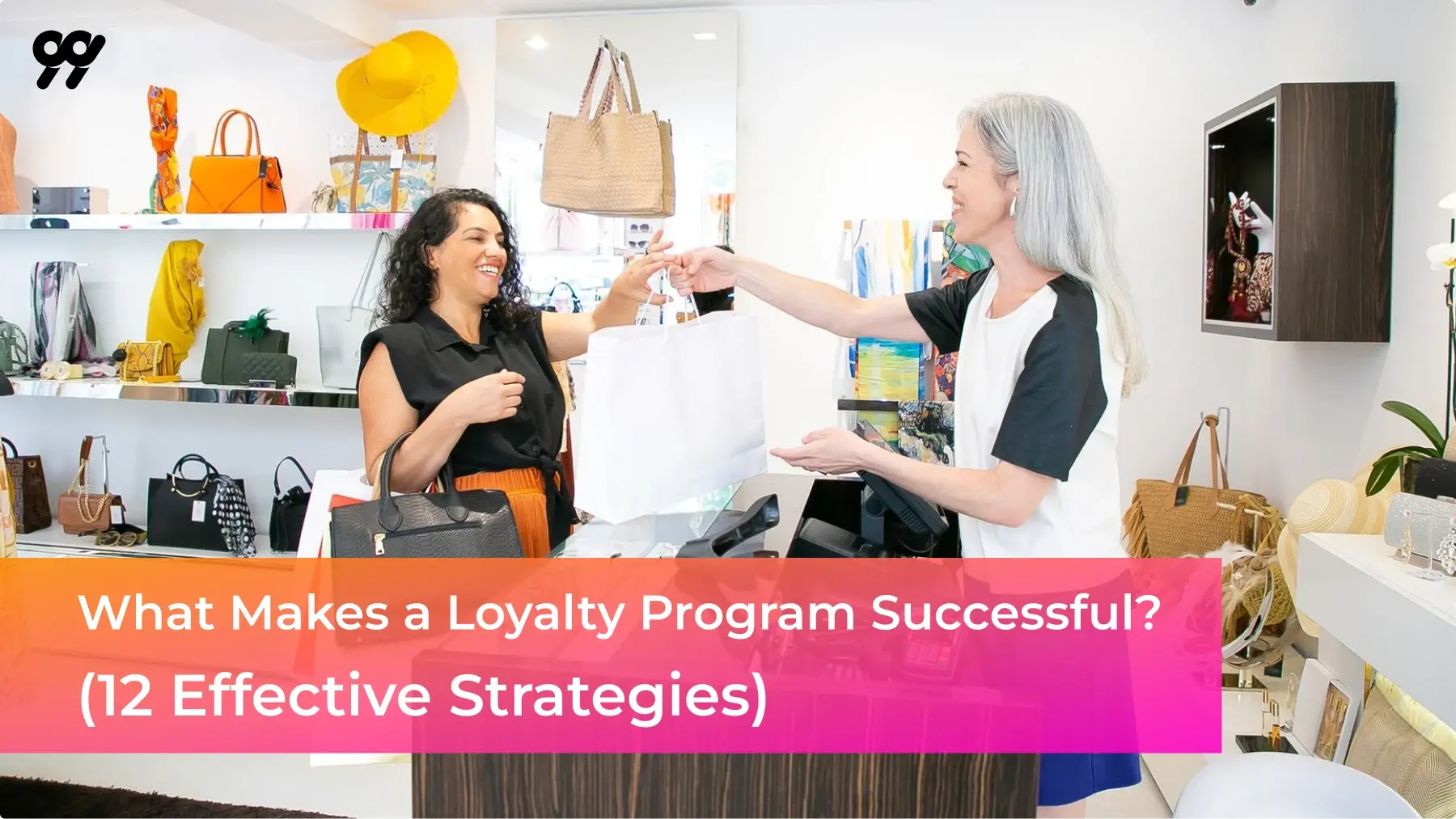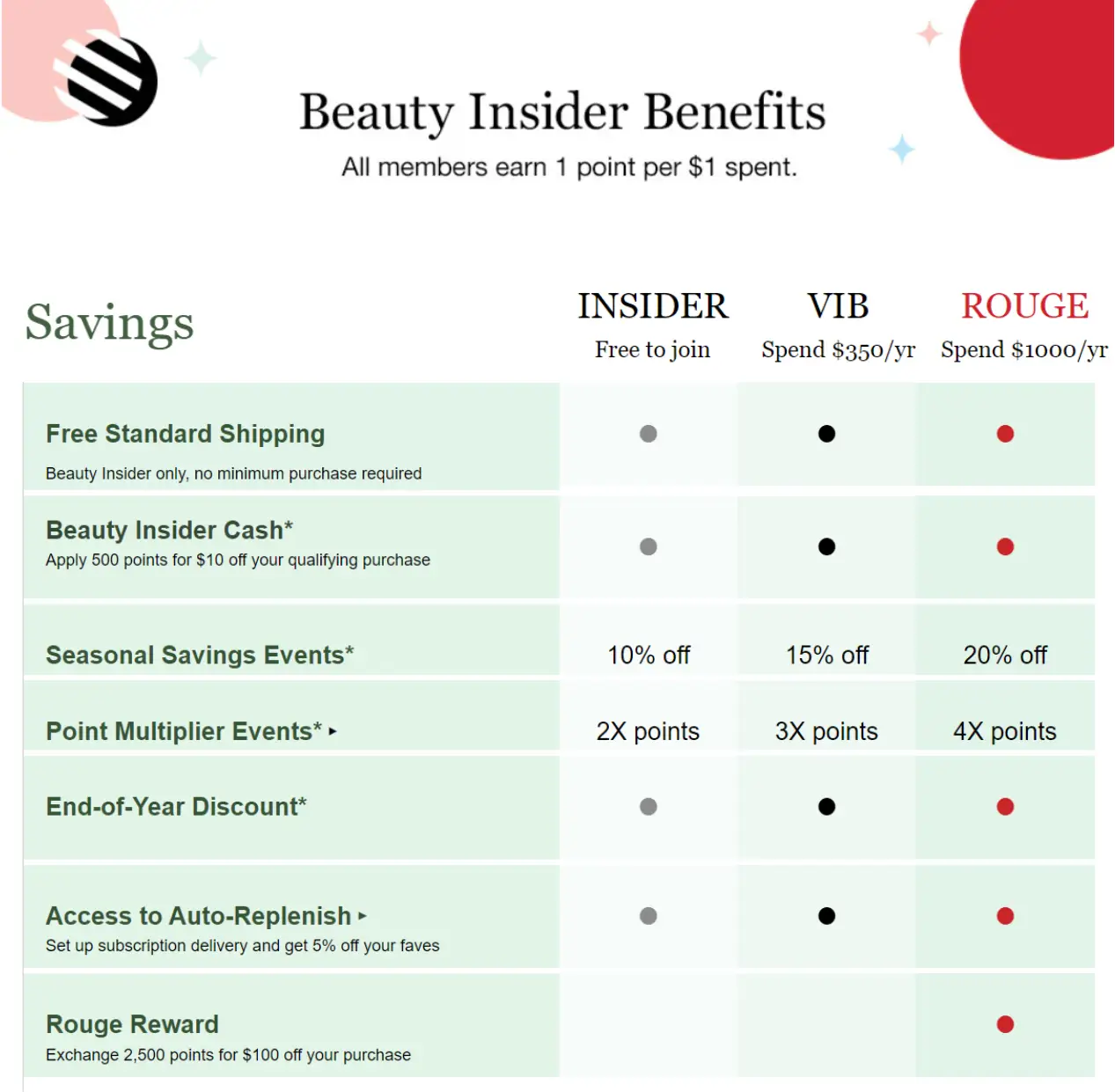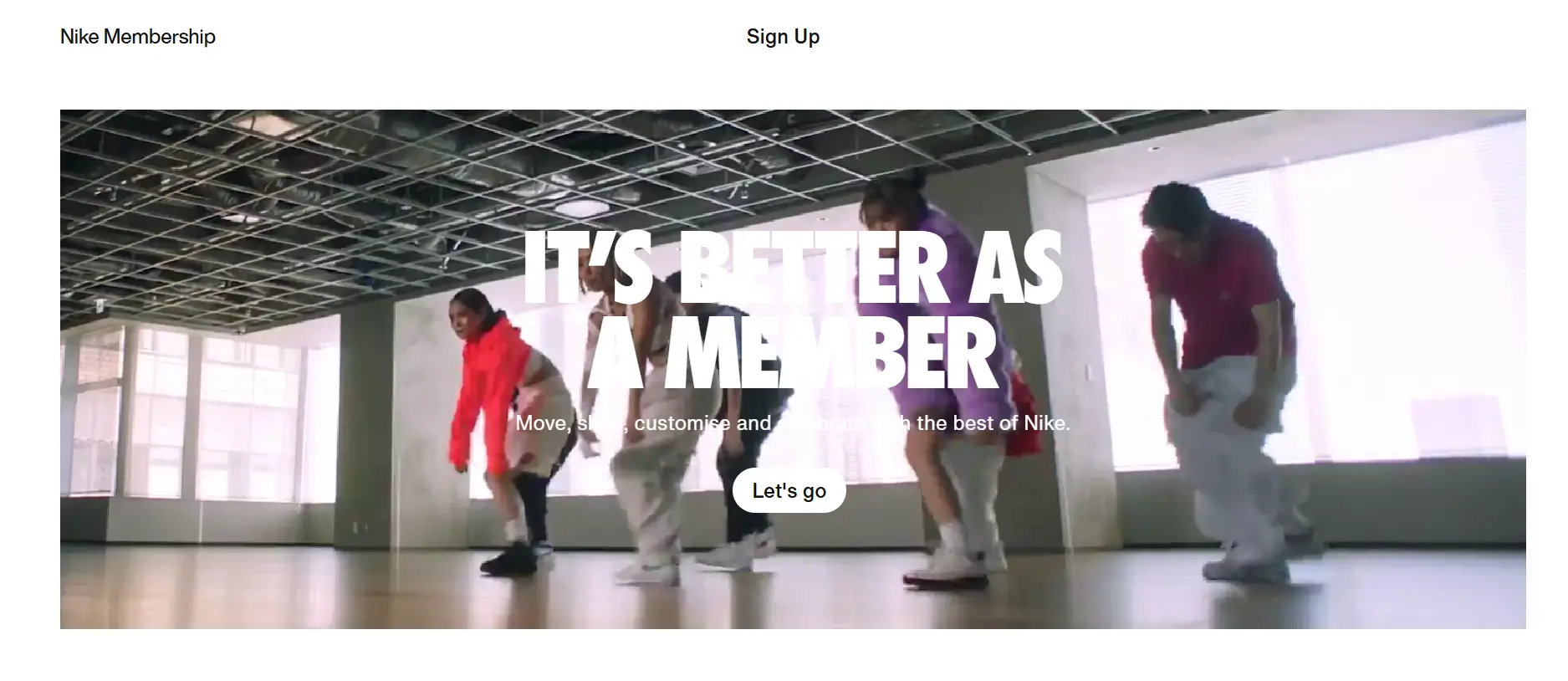
Piyush

Successful businesses understand that their success is determined by how their customers are treated. A loyalty program successful in retaining customers makes them feel valued, involved, and rewarded. Innocent business owners don’t go out of their way to satisfy their current consumers. They will spend hundreds and thousands of dollars on acquiring customers. Having a pipeline packed with qualified leads is perfectly acceptable, but it shouldn’t come at the expense of existing customers.
According to Forbes, onboarding a new customer is five to seven times more expensive than keeping your existing ones happy. According to Harvard Business Review, a 5% boost in customer retention increases profits from 25% to 95%. Customers that are already loyal to you and your product are more likely to spend more, make it easier to upsell and cross-sell to them, and even tell their friends and family about you.
As a responsible business owner, you must provide your existing customers with a means of feeling appreciated and an incentive for referrals. A loyalty program makes sense in this situation. One of the best ways to thank your existing customers for their business and to give yourself a chance to welcome new ones is through loyalty programs.
Table of Contents:
A successful reward program should not only attract customers but also keep them engaged and encourage repeat purchases. Here are the essential features of an effective loyalty program:
The most successful loyalty programs tailor rewards based on customer preferences, increasing engagement and satisfaction. Businesses can offer highly relevant incentives by leveraging data analytics and AI, ensuring customers feel valued and understood. For example, personalized discounts on frequently purchased items or birthday rewards can enhance the user experience.
Ensure that customers can easily sign up, track rewards, and redeem points without friction. A complicated enrollment process or confusing redemption rules can discourage participation. A well-designed mobile app or an integrated point-of-sale system can make the process smooth and user-friendly.
Many of the most popular loyalty programs, such as airline miles and hotel memberships, offer tiered benefits to encourage long-term commitment. Higher tiers should provide exclusive benefits, such as priority access to sales, free shipping, or premium services, motivating customers to continue engaging with the brand.
Customers should be able to earn and redeem rewards both online and in-store for a seamless experience. An integrated system across various channels, such as websites, mobile apps, and physical stores, ensures that customers can conveniently access their rewards, thereby enhancing satisfaction and engagement.
A loyalty program successful in fostering brand attachment goes beyond discounts and incorporates exclusive experiences or VIP treatment. Offering early access to new products, invitations to exclusive events, or community-driven rewards helps build strong emotional ties with customers, increasing brand loyalty and advocacy.
Loyalty programs are essential for customer retention, but making a loyalty program successful requires the right strategy. These 12 proven methods will help you design a program that boosts engagement, sales, and long-term loyalty.
Some brands have managed to create powerful emotions in their customers, which may surprise you. Customer loyalty is positively correlated with the brand’s sense of purpose. Making a personal phone call to a customer as part of your loyalty program can be interpreted as an emotional touch. Giving customers the choice to use their loyalty points for a charitable cause could be one of your benefits.
A loyalty program should be effortless to sign up for and navigate. If customers find the process complicated, they may lose interest before they even start earning rewards. You can streamline participation by:

For example, Sephora’s Beauty Insider program makes it easy to join both in-store and online. Customers instantly start earning points without needing a physical card, and they can redeem rewards effortlessly through the app.
Social media is one of the most effective ways to increase awareness of your loyalty program’s success. When customers share their positive experiences with your brand, they provide authentic endorsements that influence their friends and followers. You can encourage this behavior by rewarding them with loyalty points, discounts, or exclusive perks when they:

For example, brands like Starbucks reward customers with bonus points for posting about their coffee orders using specific hashtags. This not only builds social proof but also creates organic marketing that reaches a broader audience.
The only way to increase engagement with your loyalty program is to provide something valuable as a reward for their time. Your rewards program won’t succeed unless you put thinking and reasoning into it. Instead of considering a loyalty program as a means for the customer to prove their loyalty, use it to demonstrate how loyal your business really is to its customers.
Once you’ve developed this attitude, creating a campaign that the customers will love becomes easy. Your consumers should be inspired and encouraged to invest their time in whatever incentive you provide. Offer them coupons, cashbacks, attractive discounts, freebies, and other money-saving methods.
Predictability can make a loyalty program feel transactional rather than engaging. That’s where “surprise and delight” tactics come in. Offering unexpected rewards can make customers feel valued and deepen their emotional connection with your brand. Here are a few ways to do this:

For example, Delta SkyMiles Medallion Members sometimes receive complimentary upgrades, exclusive lounge access, or even surprise travel perks, reinforcing brand loyalty and customer appreciation.
Your current consumers shouldn’t be required to complete sporadic chores for a few minutes each day as part of the loyalty program. When the loyalty program is set up this manner, very little participation will occur. The program as a whole should be an opportunity to strengthen the relationship with the customer, not just to complete transactional chores.
Building a solid relationship with the current customer should be the most important objective of the loyalty program; receiving referrals is merely a result. It will be worthwhile if you use the appropriate online loyalty program application because you will discover more ways to interact with customers. They will even assist you in making the entire procedure more engaging by gamifying it. A balanced experience may be achieved by taking easy steps like making a leaderboard, including modest presents, and encouraging customers to engage with the team.
If a campaign you run in Germany now provides the same incentive to Silicon Valley’s customers, it will cause you big trouble. Building a loyalty program requires understanding that people in different places have different needs. Campaign rewards should be tailored to the interests of your target demographic.
You can customize rewards even by analyzing customers’ past purchases, add-to-cart items, how long they have spent looking at your product, and how much they usually spend. With this information, you can offer incentives, send personalized emails, send personalized SMS messages, and send push notifications designed for each individual customer.
Referral programs leverage word-of-mouth marketing by rewarding customers for bringing in new buyers. This not only increases engagement but also helps attract high-value customers. You can structure referral rewards by:

For example, PayPal’s referral program rewards users with cash bonuses when they invite friends to sign up, encouraging viral growth and repeat participation.
Unless an incredible reward of an impossible amount of cash is involved, multiple types of loyalty programs are recommended to target customers at different stages of their engagement with your company.
When you create anything like this, you need unique triggers, terms, incentives, and so on to ensure it works for every customer. A diverse set of reward systems will also help such campaigns succeed.

When you segment your customers, you might have multiple loyalty programs. There are several ways to segment your customers, such as by providing loyalty programs. A customer who has not purchased from you more than once should be placed in a distinct category from someone who has made repeat purchases. Once you’ve identified the right customers, you should look for relevant prizes that will attract their interest.
Identify your most valuable customers, make extra efforts to retain them, and provide them with exactly what they want. Find customers who are thinking about abandoning your service and go above and beyond to keep them there with a successful loyalty program.
Customers today expect a seamless shopping experience across multiple touchpoints. Your loyalty program should integrate effortlessly across all channels, ensuring that customers can earn and redeem rewards whether they shop online, in-store, or through a mobile app.
Here’s how to optimize for omnichannel engagement:

For instance, brands like Nike use their loyalty program across digital and physical stores, allowing customers to earn points through purchases, app interactions, and even fitness challenges. This omnichannel approach increases engagement and creates a seamless brand experience.
If there is one area where you cannot afford to fail with a loyalty program, it is when it does not function properly. Consider the app crashing on a frequent basis or notifications not reaching their intended recipients. This may be a nightmare for potential customers because it immediately affects their experience and simply reduces their trust in your business. You can avoid these challenges by adopting an optimized and technologically competent online loyalty program platform.
A successful loyalty program is built on simplicity, value, personalization, and engagement. By ensuring that customers see real benefits, feel emotionally connected to the brand, and have a seamless experience across channels, businesses can create loyalty programs that not only retain customers but also drive long-term profitability.
Platforms like 99minds provide businesses with the tools to build and manage efficient, customer-focused loyalty programs. Continuous innovation and adaptation to changing consumer behaviors are key to sustaining success in the competitive landscape of loyalty marketing.